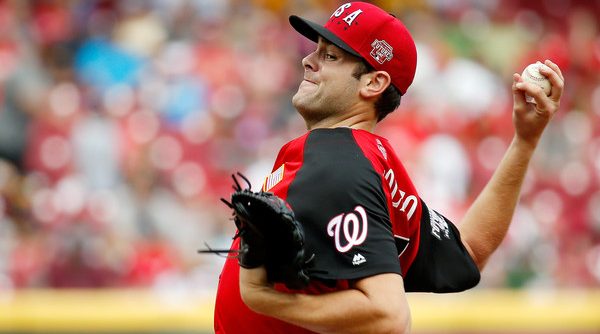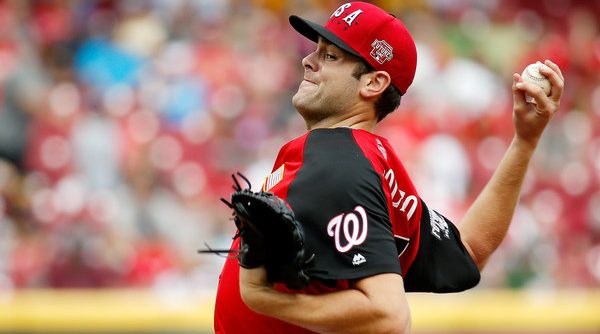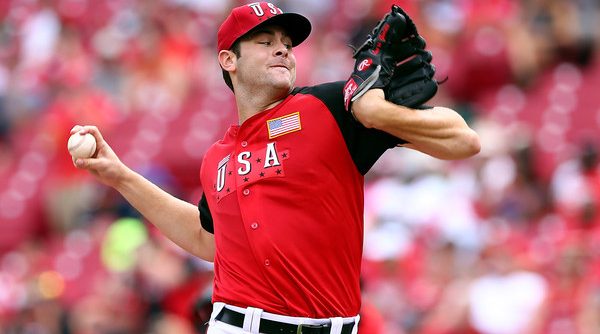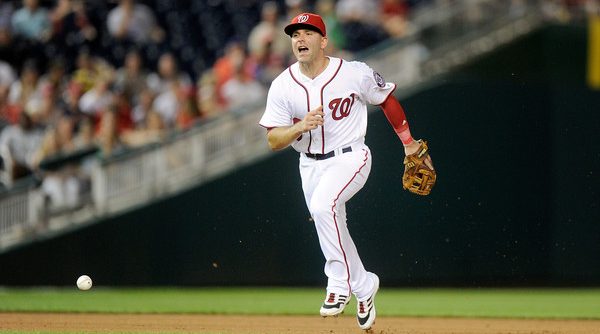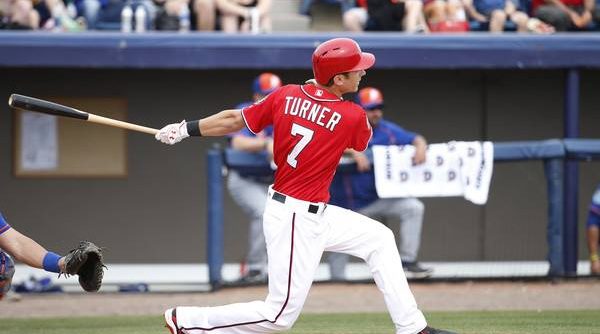The Washington Nationals announced Sunday that Stephen Strasburg would be placed on the 15-day disabled list after being scratched from his start in Milwaukee the day before. After the team’s 3-2 win, manager Dusty Baker announced that Joe Ross would start Monday, and a minor-league call-up would start Tuesday. But Dusty left out one key piece of information: Who is that going to be?
Continue Reading Voth v. Giolito: Who Should the Nationals Call Up?

